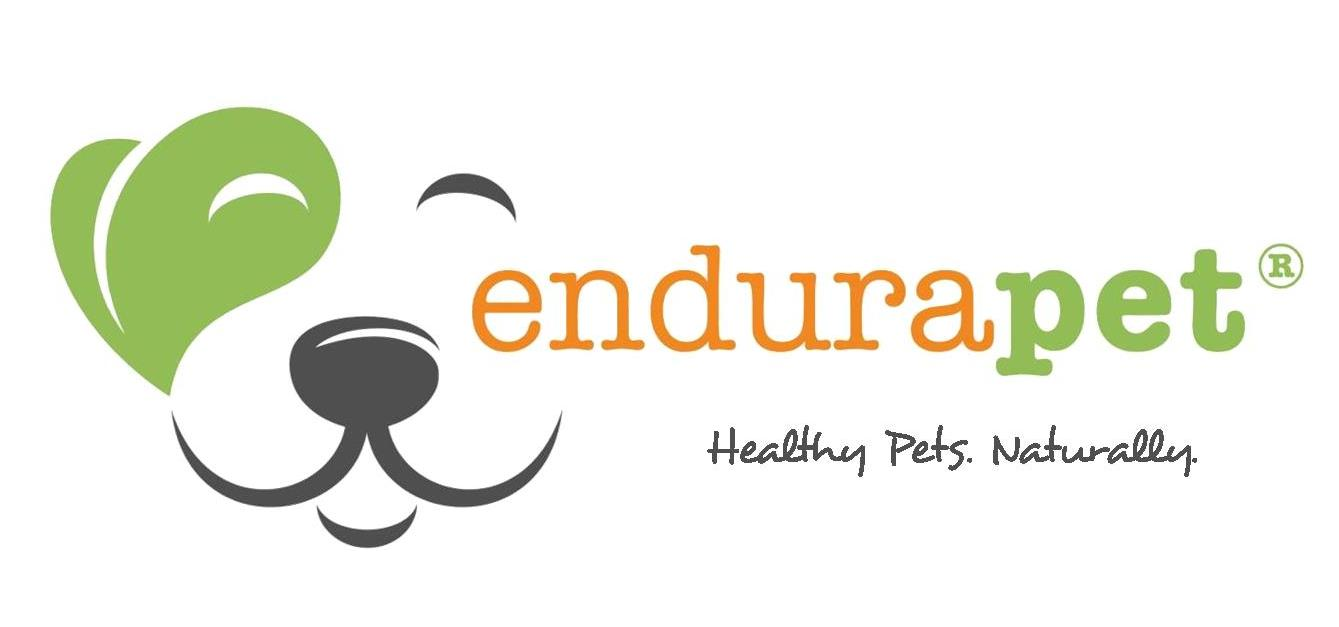This subject has come up SIX times this week, so to the top of the list it goes.
In a nutshell: Feeding cats wet food exclusively is best.
I know I can’t win you over that easily. And I was a hard sell myself until I dug into this issue, but wet is really best, and here’s why:
- Unlike dogs, cats are obligate carnivores. Their natural prey is only about 10% carbohydrate. Many cats are carbohydrate intolerant and these cats run an especially high risk of developing diabetes if fed a high carbohydrate diet. It amazes me that so many “diet” foods for cats and even the so-called “prescription” diets sold by many veterinarians contain not only carbohydrates well above what we know is optimum for cats, but that the quality of these carbohydrates is so miserable.
- *** This is a BIGGIE: The idea that dry kibble is necessary to maintain dental health is a MYTH. This is not true at all. There are some dental treats which do help, but kibble is not beneficial, as it shatters into teeny tiny pieces as soon as cats bite it, and these pieces are way too small to do any cleaning. I would much rather see people feed a good wet diet and add dental treats if they are so inclined.
- Cats rarely drink enough water, and certainly do not get enough moisture in dry food. In the wild (and this includes feral and “barn” cats) cats naturally get most of their water from their prey. Studies show that domestic cats who eat dry and have a “normal” water intake still get only half as much water as cats who eat a diet of wet food. And this is super important, because when cats get enough moisture in their diet, they run a drastically reduced chance of developing kidney stones and cal-ox crystals.
- Dry kibble must pass through an extruder, and generally contains much too much carbohydrate.
- Free fed cats who eat only dry food are much more likely to be overweight.
- Cats who eat only dry kibble are also at higher risk for a plethora of diseases, most of them among the most common reasons cats make non-routine visits to their veterinarians. And so many of these diseases are directly related to the dry food itself.
(Just one example, but a good one is that most dry food manufacturers, in their effort to combat the high incidence of urinary tract disease in dry food fed cats, started adding urine acidifiers, which in turn can cause metabolic acidosis, which leads to cal-ox stones, impaired kidney function, and potassium depletion. Even natural brands which use things like blueberries to add urine acidity are culprits here.)
So if you aren’t running screaming out the door in search of a great wet food for your cat, I hope you will at least consider switching to a good wet food. Coming up soon: What to look for in a commercially available cat food. If you need this information sooner than that, please send me a message and I’m always glad to help.
For the cats who simply refuse wet:
The short answer is to keep trying! But it is important for cats to eat, and it is never a good idea to let a cat go without eating for 24 hours, so while I do advocate letting them get hungry enough to eat their wetties, there are some cats who simply refuse. If this is the case, find some good brands (stay tuned for our post on what to look for and what to avoid, or for goodness sake, call me. I love talking to you folks!) and cycle them every two or three months. Also, make sure you are having regular blood work done and paying attention to any changes in the cat box.
But Wait… there is just one more reason to switch to wet!
-
Less poop. ‘Nuff said…
